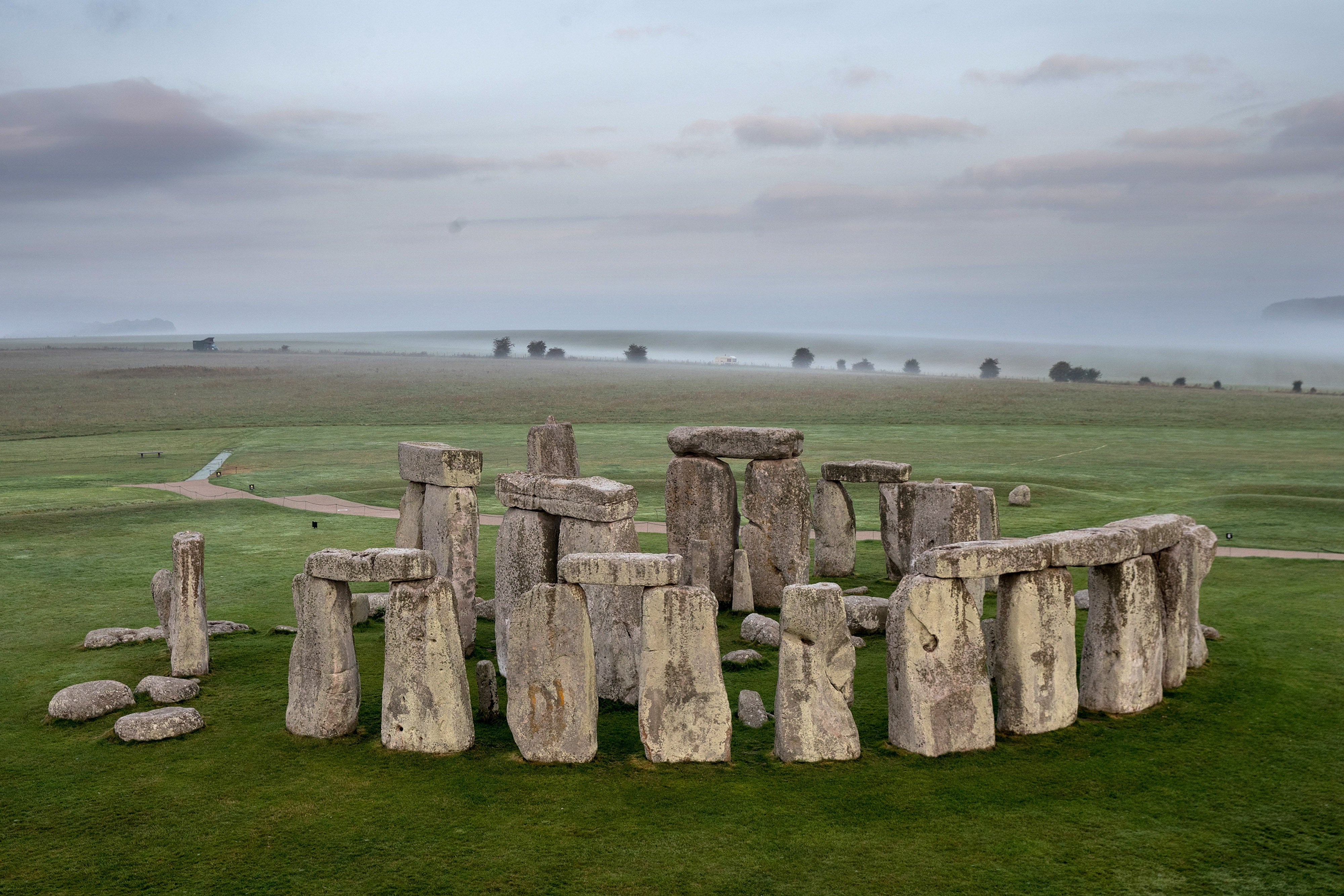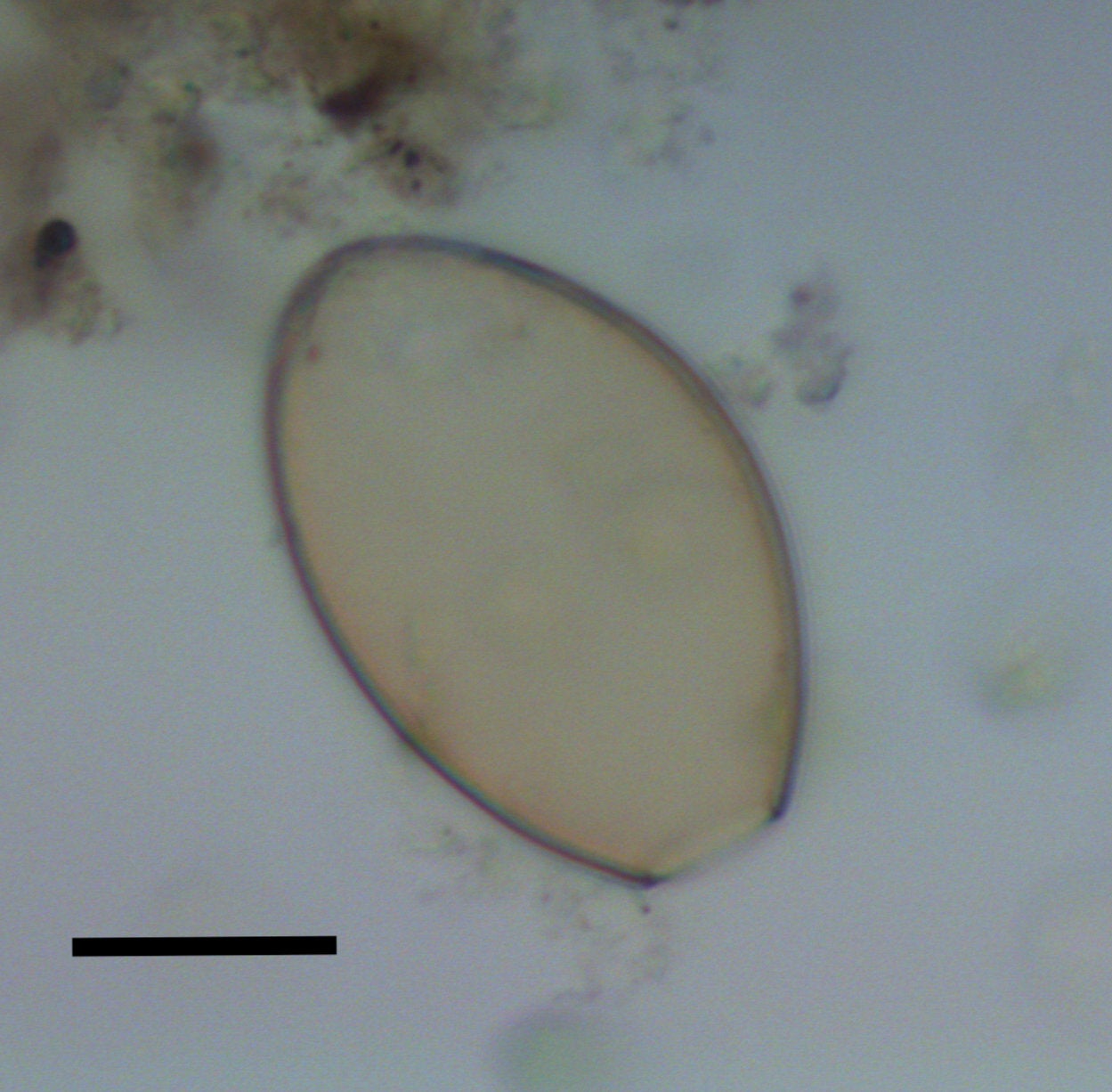Ancient Britons who built Stonehenge feasted on offal, study finds
Remains of village nearby offer insight into diet of 4,000 years ago – and associated infections, writes Liam James

The ancient Britons who built Stonehenge feasted on the internal organs of cows, according to new research.
Fossilised human waste dug up at the site of a nearby prehistoric village shows that cattle heart, kidney, liver and tongue were part of the local diet.
Archaelogists who studied the waste said it contained the eggs of tapeworms – the first evidence of intestinal parasites in Neolithic Britons.
The dig at Durrington Walls in Wiltshire also uncovered dog waste containing the parasites, suggesting that pets were also fed leftovers of the offal. Britons of the late Stone Age are thought to have kept dogs as pets and traces of alsatian have been found near Stonehenge.
Dr Piers Mitchell, research associate at the University of Cambridge and leader of the study, said: “This is the first time intestinal parasites have been recovered from Neolithic Britain, and to find them in the environment of Stonehenge is really something.”
Archaeologists analysed 19 pieces of fossilised dung, or coprolite, that had been preserved for more than 4,500 years at the Durrington Walls.

The Stone Age settlement is believed to have housed the people who erected the second phase of Stonehenge. It is less than two miles away and dates from around 2,500BC – when the trilliths, two massive vertical stones supporting a third horizontal stone, were erected.
While Durrington Walls was a place of feasting and habitation, as evidenced by the pottery and vast number of animal bones, Stonehenge itself was not.
Prof Mike Parker Pearson of University College London, who excavated Durrington Walls between 2005 and 2007, said the new evidence from the site “tells us something new about the people who came here for winter feasts during the construction of Stonehenge.”
He said the evidence suggests the offal eaten there “wasn’t always so well cooked”.
Five of the coprolites found at Durrington Walls – one human and four dog – were found to contain the eggs of capillariids, a type of parasitic worm. The eggs suggest the person had eaten raw or undercooked lungs or liver from an infected animal.
One belonging to a dog contained the eggs of fish tapeworm, indicating it was infected by eating raw freshwater fish. But no other evidence of fish consumption, such as bones, has been found at the site.

During excavations of the village’s main midden – or dung and refuse heap – the team uncovered more than 38,000 animal bones.
Around 90 per cent were from pigs and less than 10 per cent from cows – but cows were thought the more likely source of the parasites as they are susceptible to capillariid infection.
Previous analyses of cow teeth from Durrington Walls suggest some cattle were herded more than 60 miles from Devon or Wales for lavish banquets. Patterns of butchery identified on bones indicates beef was mainly chopped for stewing, and bone marrow was extracted.
Co-author Dr Evilena Anastasiou, also from Cambridge, said: “Finding the eggs of capillariid worms in both human and dog coprolites indicates the people had been eating the internal organs of infected animals, and also fed the leftovers to their dogs.”
The recorded history of parasitic worms in Britain has expanded massively in recent months. In April, Oxford researchers examined worm eggs dating from the Bronze Age to the Industrial Revolution.
Infection rates were high for millennia – peaking in the Roman (AD43-410) and Late Medieval period (12th to 15th centuries) – until the sanitation revolution of the Victorian age massively improved the national gut health.
The Durrington Walls findings are published in the journal Parasitology.






Join our commenting forum
Join thought-provoking conversations, follow other Independent readers and see their replies
Comments